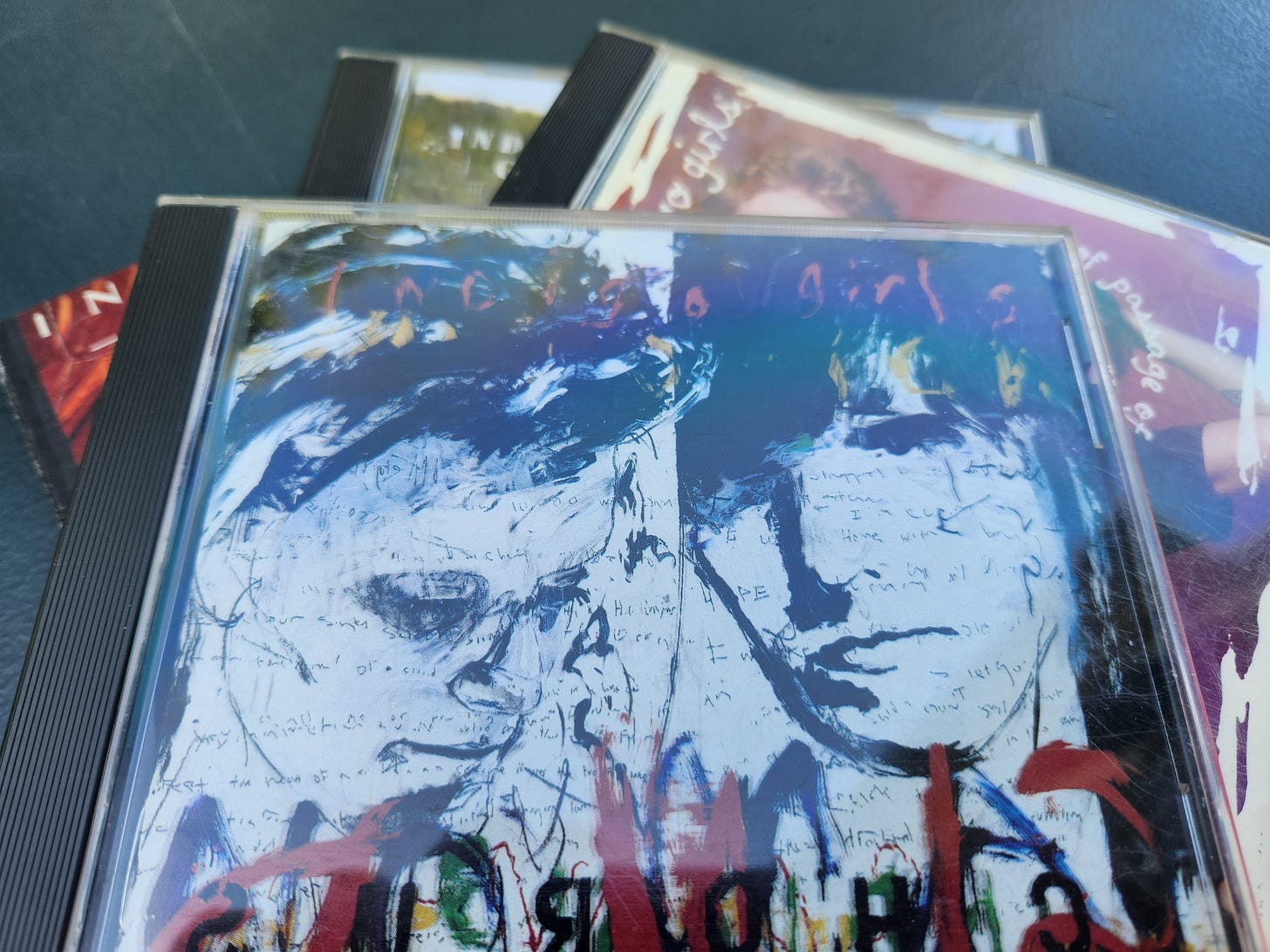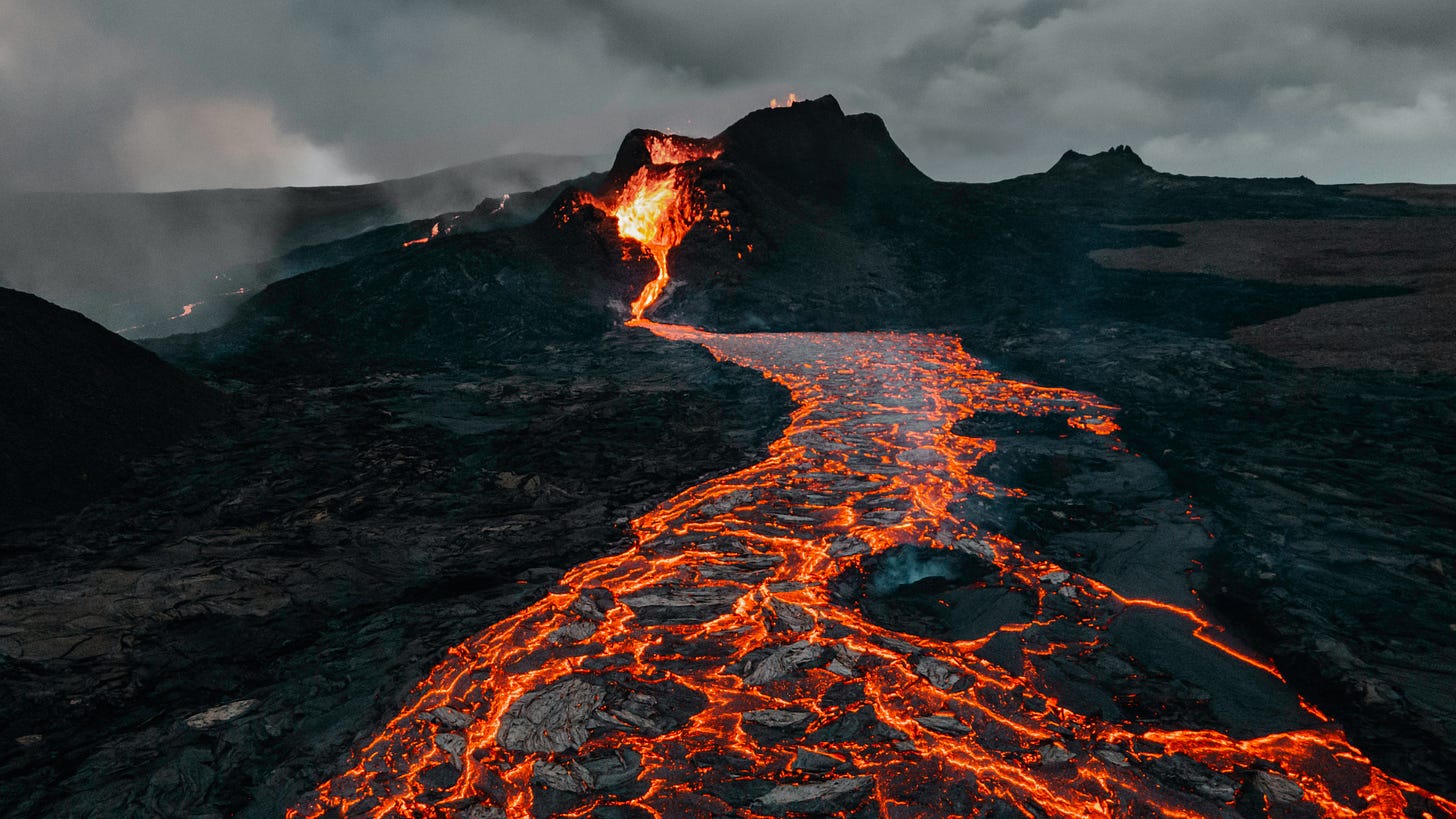I’m returning tonight to a post from two years ago that rings even more true today than it did when I wrote it. I’ve been thinking about it all week because I’ve been struggling to read fiction lately. Maybe it’s just that the right books aren’t coming to me. I know what I like—and, as you know, I’m always open to recommendations! I crave more rich literary writing that takes its time to fully develop characters and places and situations and, at the same time, is doing something intriguing—often historical. It has to be going somewhere. It’s best if there’s some sort of mystery involved.
This would seem to describe several of the books I’ve chosen lately, but still, I’m not finding myself drawn back into them the way you are when a book has really sunk its claws into you. I’m beginning to wonder whether it’s not the books themselves—it’s me.
I’m not getting from fiction what I used to get. That is, I’m not really learning anything—mostly, about myself. I believe more and more that all along, that was really my primary motivation for reading fiction all these years. Sure, there were secondary motivations—being entertained, being part of a larger conversation, adding to my knowledge of classic novels, learning what good writing was—but it seems to be getting harder and harder to find fiction that can tell me something I don’t already know. This may sound arrogant, but really, it’s just about getting older.
Anyway, I think I said all of this much better, though perhaps with less conviction, back in June of 2023, so here’s a look back at that post in its entirety. I’d be really interested to hear whether those of you who are also in midlife or later have experienced the same phenomenon. And, please, send along those great books that might quench my thirst for fiction like it used to be!
Last weekend we trekked up to Medford, Massachusetts to see the Indigo Girls in concert at the Chevalier Theater. I’ve been a fan of their music since the beginning, which I know puts me in company with a particular bunch of women my age. So be it.
We fumbled around in the pouring rain to find free parking behind Medford’s City Hall, ducked into a pizza place on the way to the theater for a slice, and arrived soaking wet with hundreds of other enthusiastic concertgoers. We took our seats deep in the rear orchestra under the balcony’s overhang, where the air was still and there was a distinct “Moms’ night out” vibe of women with beers talking loudly through the opening act, Kevn Kinney—who, we later learned, helped the Indigo Girls get their start in Athens, Georgia. Have a little respect, ladies!
But once Amy Ray and Emily Saliers took the stage, all the crowd’s energy was channeled their way. The set list ranged from “new” stuff on their 2020 album, Look Long (the original tour was cancelled by COVID), back to their oldest hits. We had a blast.
You may be wondering why I’m going on about the Indigo Girls in a column about reading and book clubs. It’s because after the show, both my husband and my singer-songwriter daughter observed that the Indigo Girls’ older music tended to be more metaphorical and interior—about developing the self and relationships with others—while their later songs are broader and more outward-focused, looking at the world. I hadn’t noticed this, and I wasn’t sure I agreed, but it was an interesting observation, in part because it reminded me of how my reading has changed over time in the very same way.
I used to read exclusively fiction; nonfiction didn’t interest me. I can hardly fathom that statement now because nonfiction covers such vast territory. But it’s true.
I imagine this phenomenon stemmed from childhood, in which every day was essentially filled with nonfiction. On a typical day of school, you might be working on the dimensions of triangles, the history of the Boston Tea Party, the parts of a cell, and how to read music in the bass clef, all before lunch. Reading fiction at home would have been a relaxing escape from the daily overstimulation of nonfiction.
But it’s not as if I started reading nonfiction as soon as I stopped being a student. In fact, it wasn’t until the last decade that I picked it up in earnest. As I’m writing this, it occurs to me that’s when my own kids began studying subjects at school that I could no longer access with facility. Do you remember that TV show Are You Smarter Than a Fifth-Grader? It’s no joke. Fifth-graders know a lot of stuff that everyone else has forgotten. I clearly remember the moment when, probably on a visit to some natural history museum, we came across the terms “magma” and “lava,” and I mused aloud, “What’s the difference between magma and lava?” not expecting my kid—who was maybe in second or third grade at the time—to casually toss out the answer. (Magma is what you call lava before it breaks the surface of the earth’s crust. I probably knew that when I was ten years old, but I didn’t remember it anymore.)
By the time they were in high school, my kids were so full of knowledge I had either lost or never known, it wasn’t even funny anymore. Also, the topics they were studying seemed so much more interesting than they had when I was in school! Whether my kids accidentally had anything to do with it or not, their high school years roughly coincide with the time I began to read nonfiction.
The other thing that changed was nonfiction itself. Authors have gotten better at writing nonfiction in an interesting, accessible way. Pick up an early 20th-century history book, and inevitably you’ll find a dull recitation of dates and names and places, arranged chronologically, with no concern for storytelling. In the mid-20th century, the new trend was to deliver nonfiction more like fiction. The bestselling writers of the day—I think first of Truman Capote and Norman Mailer—told the nonfiction stories of current events (a murder “in cold blood,” the Vietnam War protests) more like stories.
Capote’s In Cold Blood, published in 1966, and Mailer’s The Armies of the Night, in 1968, were among the first examples of what became known as New Journalism. (Some of you will know Tom Wolfe’s The Right Stuff as perhaps the most famous harbinger of this trend, but I haven’t read that one—yet.) It took a few decades, but today the idea of using storytelling in nonfiction is so mainstream that it’s simply what we’ve come to expect. As a result, I would argue nonfiction is simply more readable now than it was when I was in my twenties and exclusively consuming fiction.
But, as I puzzle this question through, I think there’s a third reason why I’m trending toward nonfiction these days that brings us back to the Indigo Girls. I still don’t know where I stand on the argument my husband tossed out—that their music began more introspective and has reached outward over time. I’d have to really sit down and listen carefully to their newer songs—the ones I don’t know as well—in order to decide for myself, and that’s not what you came to this post for. But the larger question is interesting: As we get older, do our reading interests tend to turn outward?
I can’t answer for you, but the answer for me is yes. Part of the allure of fiction in my younger adulthood was its role in answering the question of who I was and how I fit into the world. Fiction allows you to inhabit different spheres with different people and try them on for size. That’s not its only function, but at a certain stage of life, it’s an important one. What kind of adult will you become? And who are these other people traveling through the world with you? Characters and their fictional situations help you make sense of the complex, irrational mess of humanity. That’s one of the reasons why it’s so important to read books that are well-written, in the sense that they’re truthful. I could probably count dozens of ways in which not-so-well-written books, along with movies and TV shows, misled me for the sake of entertainment.
Here in my mid-fifties, I know who I am. I still love a good novel, but I don’t need fiction the way I once did, and I’m much more likely to be frustrated today by a character or a situation that doesn’t ring true. What I need—what I’m still short on—is information about other stuff. You can see from my Wednesday posts some of the questions that have intrigued me recently: Are we running out of water? How does a bouquet of flowers end up on my table? What is the untold history of slavery in the North? How do our brains really work? What is the history of the conflict in Northern Ireland? Do trees really communicate with each other? What is an innovative approach to the intractable problem of homelessness? Should we be able to help our loved ones choose the end of their lives in a terminal crisis? What might I find if I traveled the historic Silk Road? What was Shakespeare’s time and place really like to live in, and how did it shape him? And, a big one: Can you make me laugh? I extend a challenge to all the authors out there to write more funny books because we need them!
Those questions represent just some of the nonfiction topics I’ve read about in the eight months since I started this newsletter. Writing them out makes me eagerly imagine all the nonfiction reads waiting for me in the near future.
And, yeah, I’ll probably read some fiction, too.







I miss reading fiction, I spend too much of my time distracted, by the internet alas and also all the many things that trouble me. I also read nonfiction, often for reading/study groups, not as independently as you. Your thoughts, though, make me realize that many of the novels I read (when I can) include a great deal of history or other “nonfiction” knowledge. In the past few years the novels that have had lasting value for me include Wolf Hall, The Overstory (yes, trees communicate with one another), and Mornings in Benin. All incredibly different, all very compelling narratives, all teaching me.
Over the past two weeks, on vacation in Italy, I’ve had time to read 2 novels: The Friend, by Sigrid Nunez and Enter Ghost, by Isabella Hammad. I’d be curious what you think of Nunez, it includes many reflections on “what is the point of writing.” And the Hammad, like Mornings in Benin, is set in Palestine. It is less visceral/painful, if also very good.
Now, en route back home, I need to reorient to Adorno for a study group on Thursday (topic: evil).
Thanks for sharing your reflections!
I have just finished reading James Rebanks' A Place of Tides. It is nonfiction --a story of his season of staying on a remote island off the Norway coast with a "duck woman" who cares for wild eiders and harvests their down from their nests. It is a well written and deals with a range of big picture issues about the world. If you haven't read his A Shepherd's LIfe, it would be the place to start. He grew up on a sheep farm in the Fells in England, ended up at Oxford, and is both a write and a shepherd. It is a great reflection on these various worlds and their relationships.